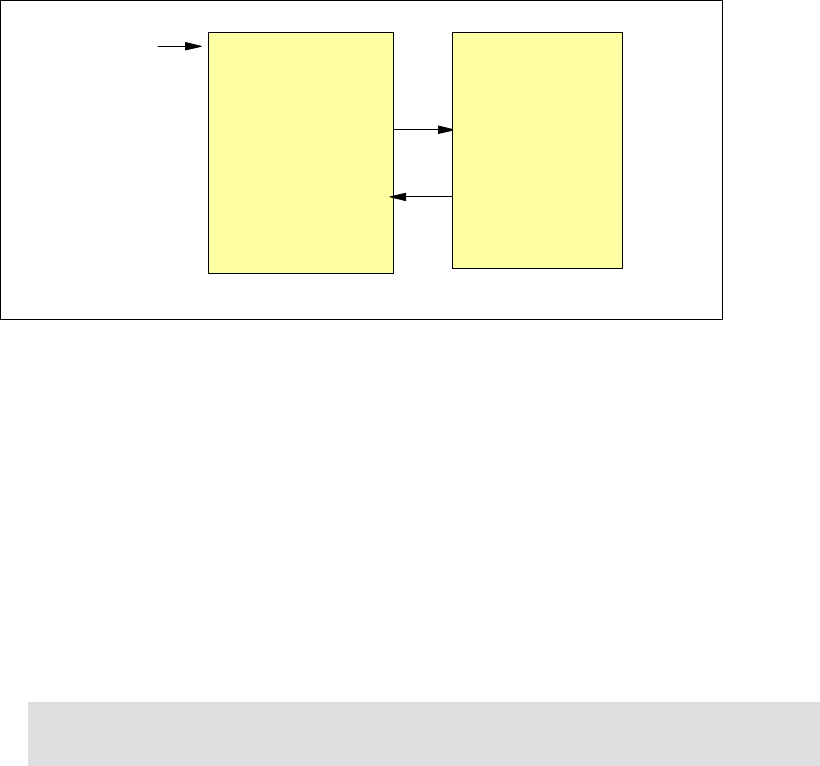
Chapter 7. Using load balancing 193
7.4.2 Application-level identification
The flow illustrated in Figure 7-3 shows the mechanism for application-level identification. The
application-identification mechanism organizes similar data by the corresponding application
criteria registered by the load balancer.
Figure 7-3 Application-level identification
1. The load balancer registers IP address, port and protocol representing applications with
the domain manager.
2. The domain manager determines if it knows we are already looking for statistics for this
application. If the domain manager doesn’t know, the server ID of the system the
application is running on will be obtained from the information that was sent from the
previous system-level identification. The server ID identifies which managed server to
send the message to in step 3. If the result of this check reveals that no corresponding
server is registered, the contact flag for this instance is set to NO_CONTACT. When
seeking new information to calculate the next iteration of weights, the domain manager will
attempt to resolve this instance again.
3. The domain manager sends a message to the managed server with the port and protocol
of the applications we want application-level statistics from.
4. The managed server takes the port and protocol we want to resolve and sets a particular
PID. Now, the managed server will not only periodically determine all the IP addresses
associated with the machine (as described in the “System-level identification” on
page 192), it will also get the PIDs associated with previously set ports and protocols.
5. All IP addresses and IP/port/protocol combinations with their corresponding PIDs (if they
have been determined) for the interested applications are periodically sent to the domain
manager.
6. Structures are created in the domain manager to associate IP, port, and protocol to the
application’s corresponding statistics.
7. Periodically, the statistics are retrieved containing the load balancer-registered instance
identification and the weights calculated.
Note: All applications we are interested in tracking on the receiving system are included
in this message. It will replace the list kept in the managed server.
Domain Manager Managed Server
4. MS resolves IP port
and protocol to a PID
(application).
7. Weights calculated
based on statistics
3. DM sends a message
to MS with IP port and
protocol of app to obtain
statistics.
2. Check if MS & DM
already know we are
looking for statistics for
this application?
1. Load Balancer
registers IP address,
port and protocol
5. Add IP address and
PIDS to the message to
send to the DM
6. Associated structures
created
Get IBM Enterprise Workload Manager Release 1 now with the O’Reilly learning platform.
O’Reilly members experience books, live events, courses curated by job role, and more from O’Reilly and nearly 200 top publishers.

